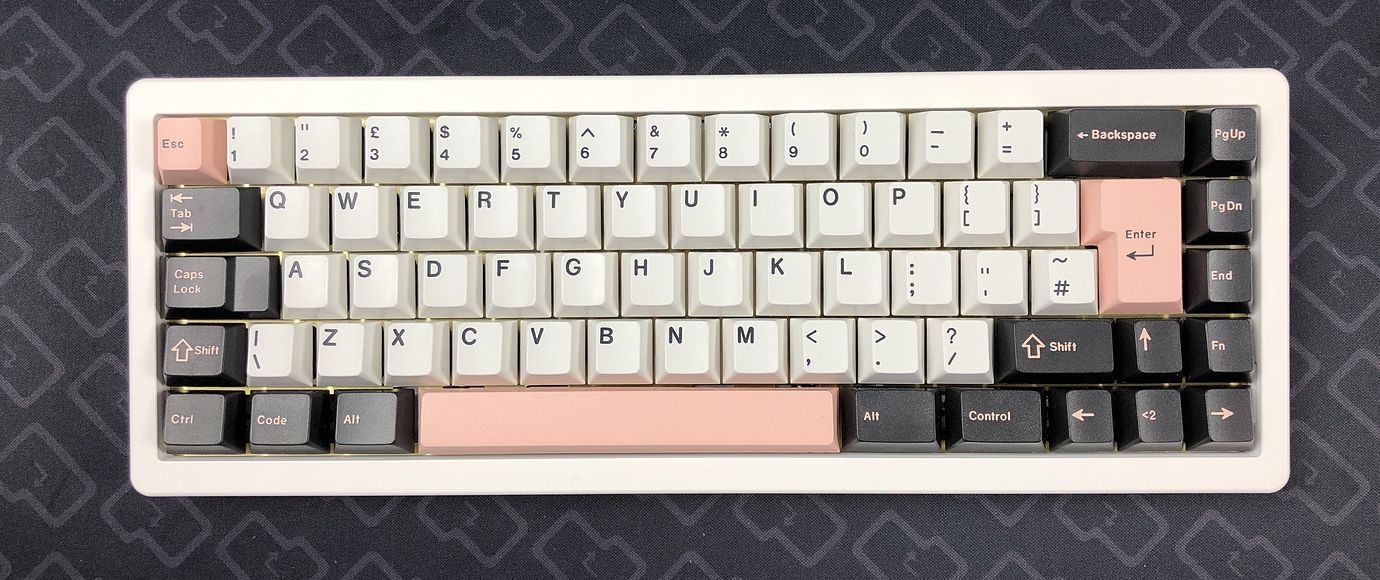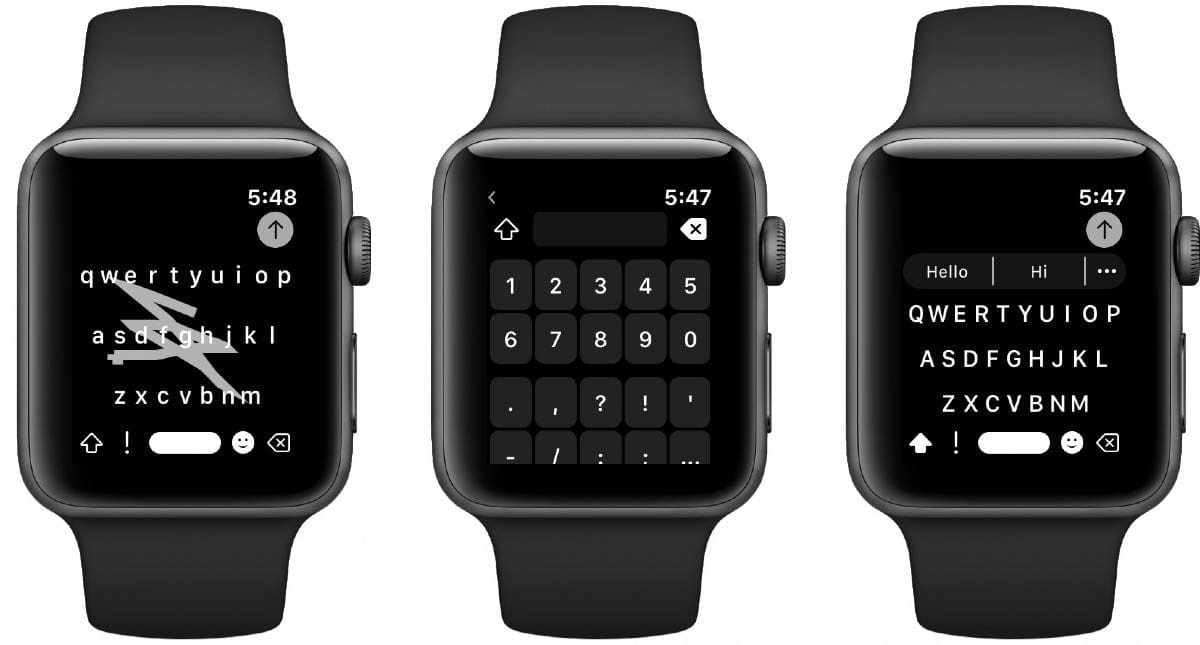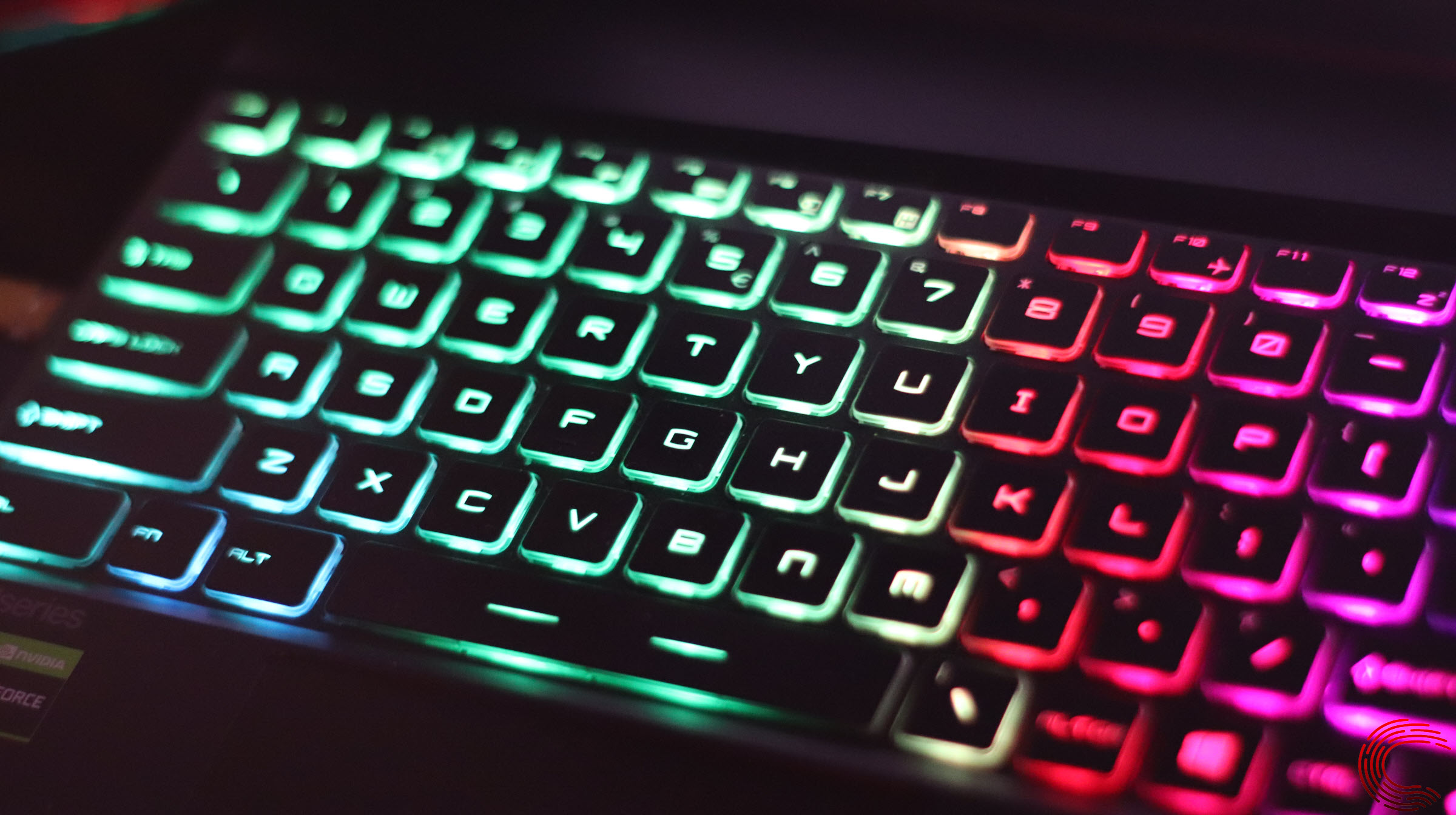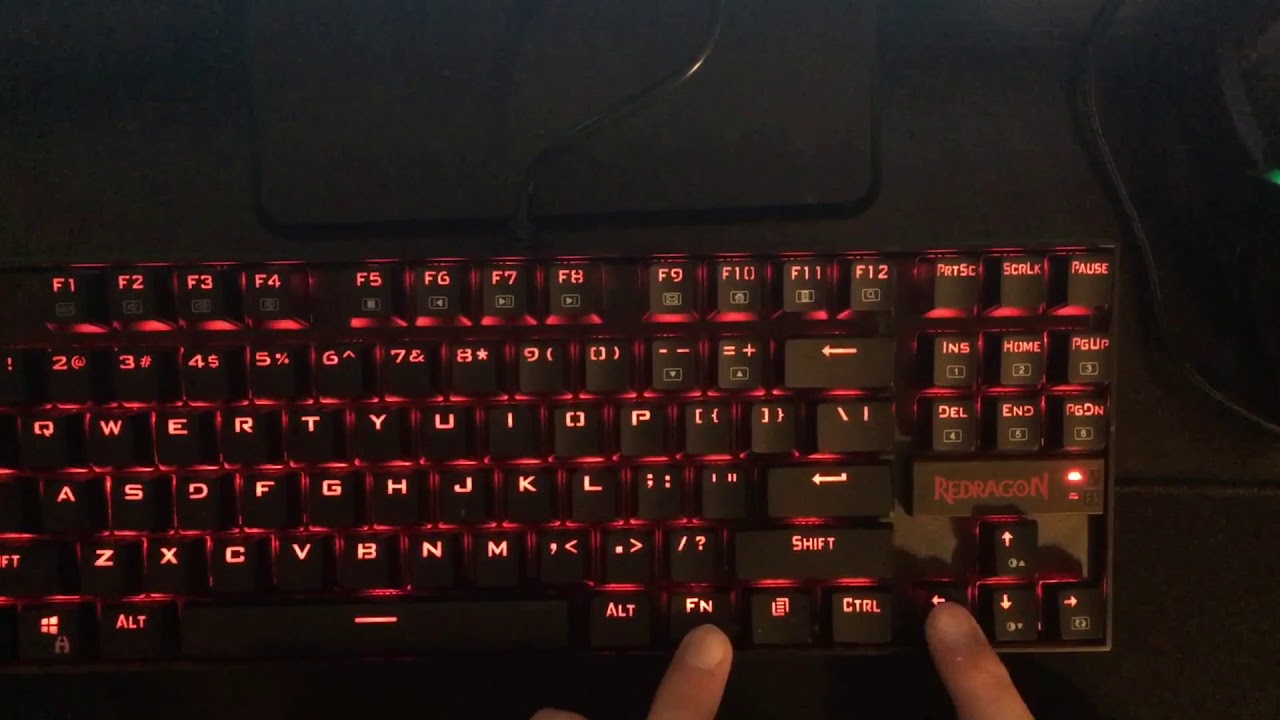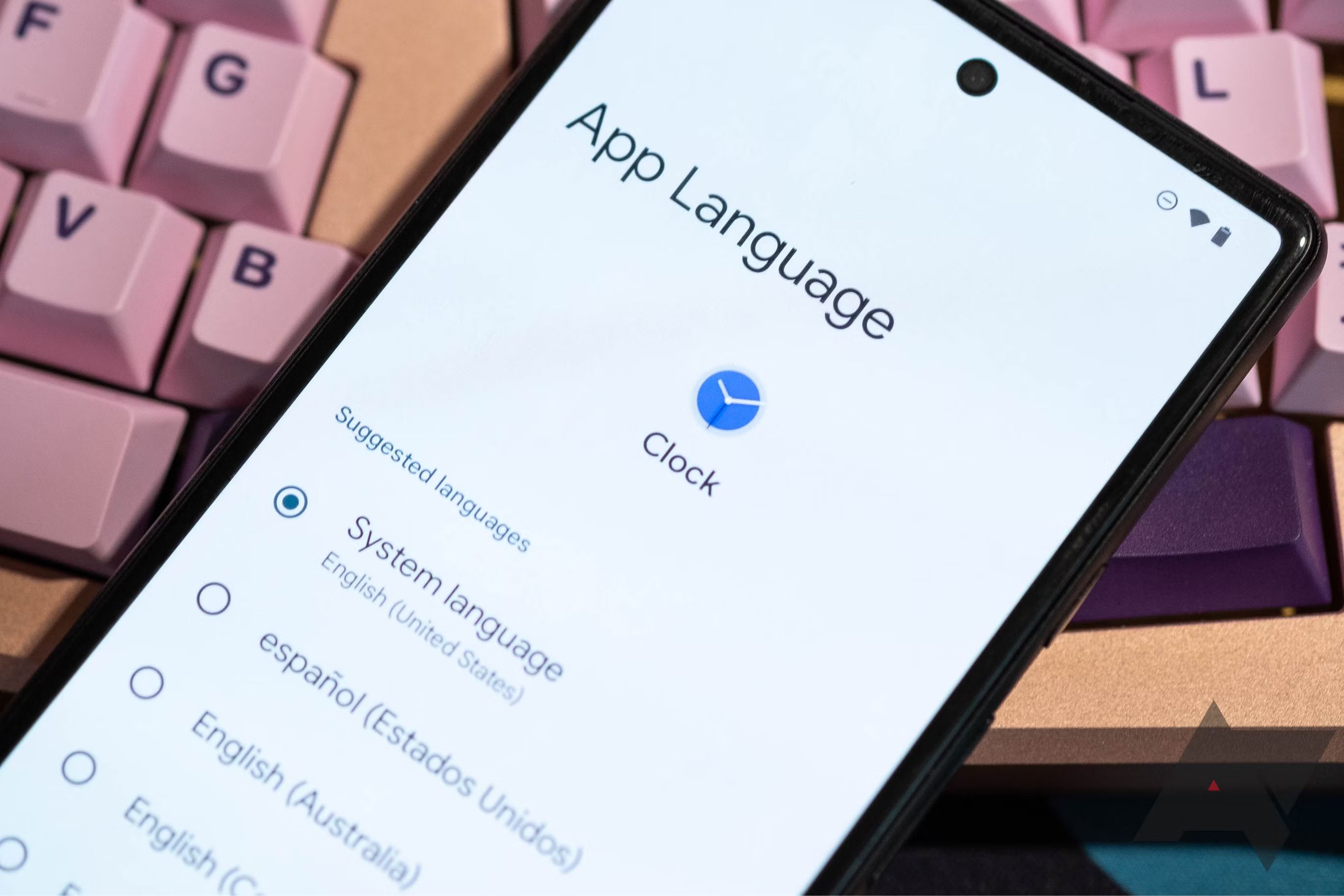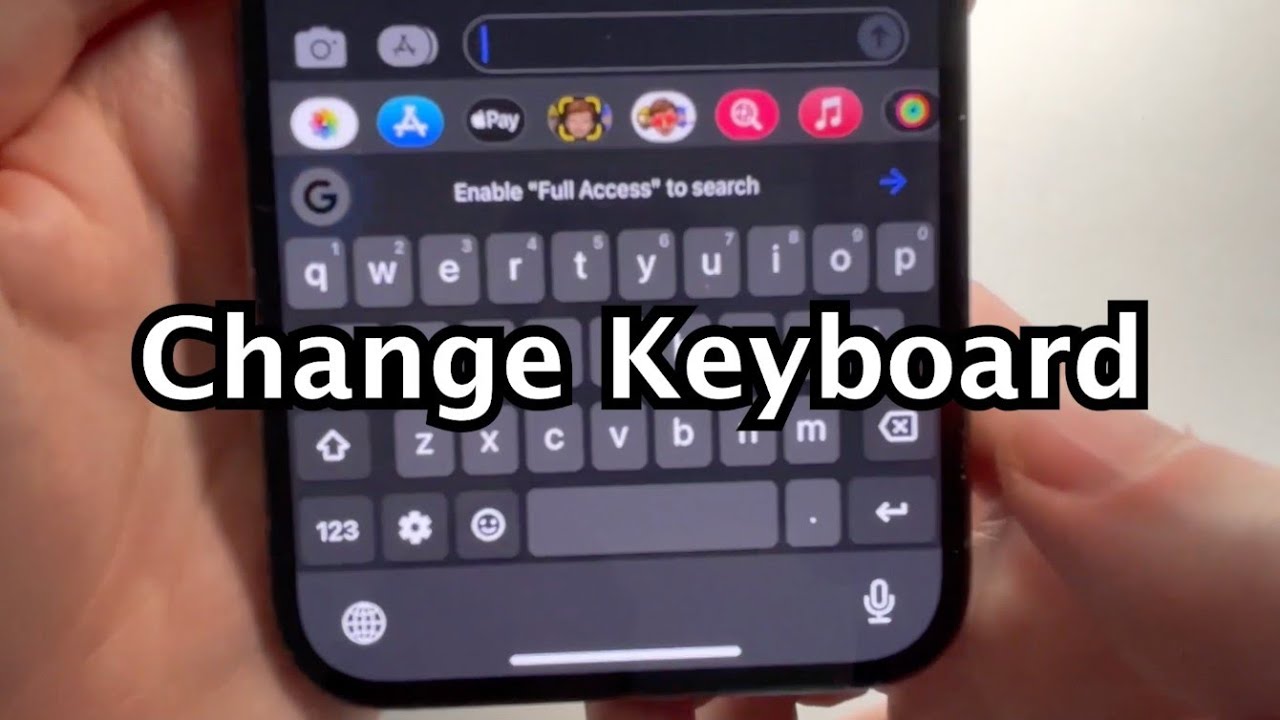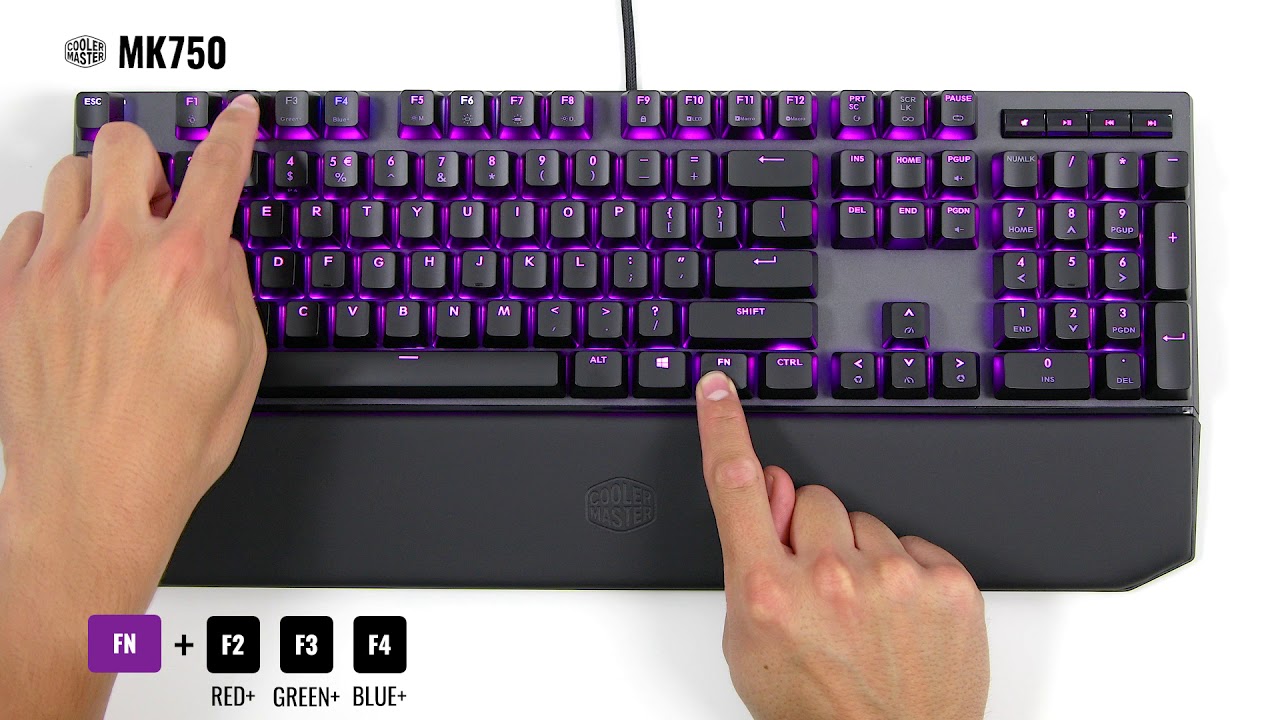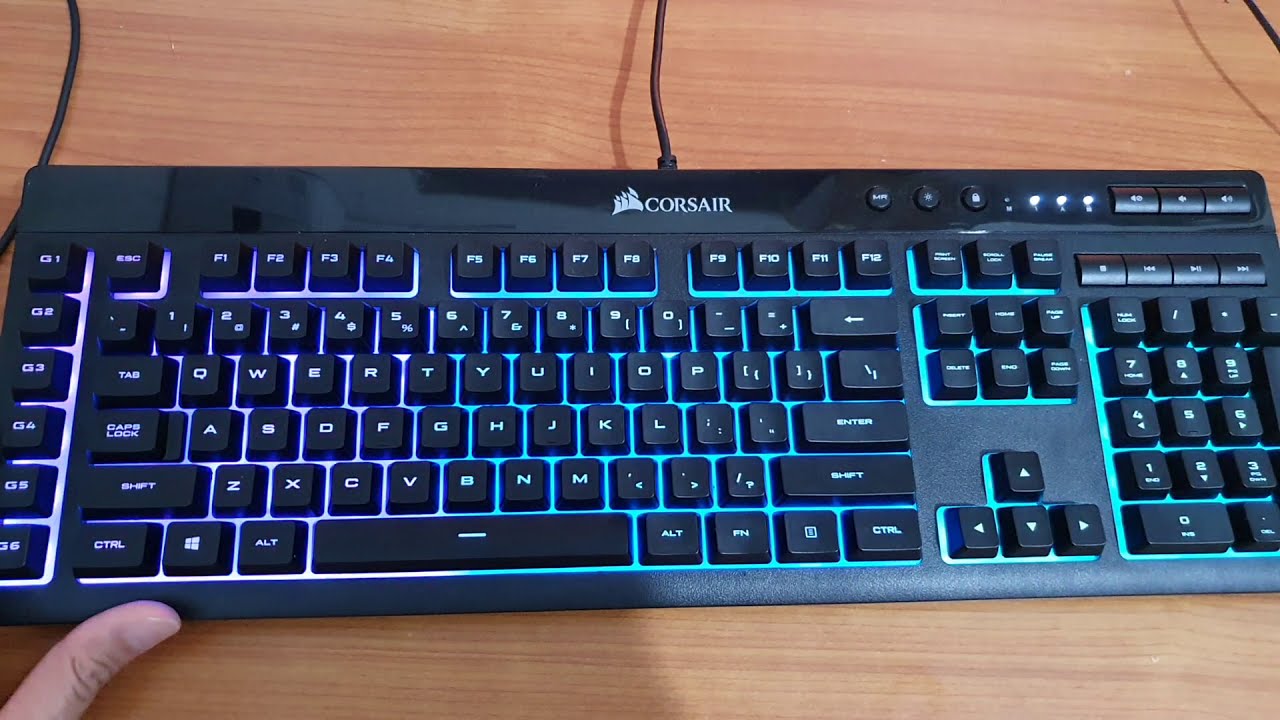Introduction
Are you tired of the same old keyboard layout? Do you find yourself struggling to type efficiently or comfortably? Fortunately, you can change your keyboard to suit your needs and preferences. Whether you’re using a Windows PC, a Mac, an Android device, or an iOS device, there are various options available to customize your keyboard.
Changing your keyboard can have several advantages. It can improve your typing speed and accuracy, enhance your productivity, and make your overall typing experience more enjoyable. You can choose from different layouts, such as QWERTY, Dvorak, or Colemak, and even customize the key placements to match your unique typing style. Additionally, you can add language-specific keyboards or use specialized keyboards for coding or gaming purposes.
In this article, we will guide you through the process of changing your keyboard on different platforms. We’ll cover Windows, Mac, Android devices, and iOS devices. You’ll learn how to switch to a different keyboard layout, add new keyboards, and customize your keyboard settings. We’ll also discuss troubleshooting common keyboard issues you might encounter along the way.
Whether you’re a seasoned computer user or a beginner, this comprehensive guide will provide you with the necessary steps to change your keyboard and optimize your typing experience. So, let’s get started and transform your keyboard into a personalized tool that suits your needs perfectly.
Why Would I Want to Change My Keyboard?
Your keyboard is one of the primary tools you use to interact with your computer or mobile device. So, why would you want to change it? There are several reasons why you might consider changing your keyboard, such as:
1. Ergonomics: If you find yourself experiencing discomfort or fatigue while typing, changing your keyboard layout can help. Ergonomic keyboards are designed to provide better support for your hands and wrists, reducing the risk of repetitive strain injuries.
2. Productivity: Different keyboard layouts can have an impact on your typing speed and efficiency. By switching to a layout that better suits your typing style, you may be able to type faster and complete tasks more quickly.
3. Language Support: If you frequently switch between different languages or need to type in a language that uses non-standard characters, changing your keyboard layout can make it easier to input those characters accurately.
4. Specialized Needs: Depending on your profession or hobbies, you may require a keyboard specifically tailored to certain tasks. For example, gamers often prefer mechanical keyboards with customizable key switches for better gaming performance, while programmers may opt for keyboards optimized for coding.
5. Personal Preference: Sometimes, you just want to customize your keyboard to fit your own style and preferences. Maybe you prefer a different key layout or want to change the appearance of the keys. Changing your keyboard allows you to create a personalized typing experience.
By changing your keyboard, you can improve your typing comfort, increase your typing speed, and enhance your overall user experience. Whether it’s for ergonomic reasons, language support, specialized needs, or personal preference, customizing your keyboard can significantly impact your productivity and enjoyment while using your device.
How to Change the Keyboard on Windows
Windows provides several options for changing the keyboard layout to meet your specific needs. Here’s a step-by-step guide on how to change your keyboard on Windows:
1. Open the Settings: Click on the Start menu and select the “Settings” gear icon.
2. Select “Time & Language”: In the Settings window, click on “Time & Language.”
3. Go to “Language”: In the left sidebar, select “Language.”
4. Choose your language: Under the “Preferred languages” section, click on “Add a language” to select the language you want to use. Windows supports a wide variety of languages.
5. Change the keyboard layout: Once you’ve added the language, click on it and select “Options.” Click on “Add a keyboard” and choose the desired keyboard layout. Windows offers various layouts, including QWERTY, Dvorak, and Colemak.
6. Set the default layout: If you want to set the newly added keyboard layout as the default, go back to the “Language” page, click on the language, and select “Set as default.”
7. Switch between keyboard layouts: Once you have multiple keyboard layouts installed, you can switch between them by clicking on the language icon in the taskbar and selecting the desired layout from the list.
8. Customize further: If you want to customize your keyboard settings even more, click on “Keyboard” in the left sidebar of the “Time & Language” settings. Here, you can enable features like sticky keys, filter keys, and adjust other keyboard-related settings.
By following these steps, you can easily change and customize your keyboard layout on Windows to your preferred language and layout. It’s a simple process that allows you to optimize your typing experience and improve your productivity.
Changing the Keyboard on Mac
If you’re using a Mac, you have the flexibility to change your keyboard layout to suit your needs. Here’s a step-by-step guide on how to change the keyboard on macOS:
1. Open System Preferences: Click on the Apple menu in the top-left corner and select “System Preferences.”
2. Select “Keyboard”: In the System Preferences window, click on the “Keyboard” icon.
3. Go to “Input Sources”: In the Keyboard settings, navigate to the “Input Sources” tab.
4. Add a new keyboard layout: Click on the “+” button at the bottom left to add a new input source. A list of available keyboard layouts and languages will appear.
5. Select the desired keyboard layout: Choose the desired keyboard layout from the list. You can use the search bar to quickly find the layout you’re looking for.
6. Enable the keyboard layout: Once you’ve added the keyboard layout, make sure to check the box next to it to enable it.
7. Switch between keyboard layouts: To switch between different keyboard layouts, you can either click on the language icon in the menu bar and select the layout or use the keyboard shortcut specified in the Input Sources tab.
8. Customize further: If you want to further customize your keyboard settings, you can explore the “Keyboard” settings in System Preferences. Here, you can adjust options like keyboard shortcuts, input methods, and modifier key behavior.
By following these steps, you can easily change and switch between different keyboard layouts on your Mac. Whether you need to type in a different language or prefer a different layout for ergonomic or personal reasons, macOS provides a user-friendly system for customizing your keyboard to your liking.
Switching Keyboards on Android Devices
Android devices offer a wide range of keyboard options, allowing you to easily switch between different layouts and customize your typing experience. Here’s a step-by-step guide on how to switch keyboards on Android:
1. Open the Settings: Swipe down from the top of your screen to access the notification panel, then tap on the gear icon to open the “Settings” app.
2. Select “System”: Scroll down and select “System” or “System & Device,” depending on your device model.
3. Go to “Languages & input”: In the System settings menu, select “Languages & input” or a similar option that relates to input settings.
4. Choose your keyboard: Under the “Keyboard & input methods” section, tap on “Virtual keyboard” or “On-screen keyboard.”
5. Add keyboards: In the virtual keyboard settings, tap on “Manage keyboards,” “Keyboard settings,” or a similar option.
6. Enable desired keyboards: Toggle the switch next to the keyboards you want to use. Android provides multiple keyboard options, such as Google Keyboard (Gboard), SwiftKey, and more. You can also download additional keyboards from the Play Store.
7. Switch between keyboards: To switch between keyboards, simply tap on the keyboard icon in the navigation bar while typing. This will display a list of available keyboards, allowing you to select the one you want to use.
8. Customize keyboard settings: You can further customize your keyboard by going to the keyboard’s settings. Each keyboard app will have its own set of customization options, allowing you to adjust things like layout, themes, autocorrect, and more.
By following these steps, you can easily switch between different keyboards on your Android device. This flexibility allows you to experiment with different layouts, styles, and features to find the keyboard that best suits your typing preferences and needs.
Changing Keyboards on iOS Devices
iOS devices, such as iPhones and iPads, also provide the option to change keyboards to accommodate different typing styles and languages. Here’s a step-by-step guide on how to change keyboards on iOS:
1. Open the Settings: Locate the “Settings” app on your iOS device and tap on it to open.
2. Select “General”: Scroll down and select the “General” option in the Settings menu.
3. Go to “Keyboard”: In the General settings, find and tap on the “Keyboard” option.
4. Select “Keyboards”: Tap on the “Keyboards” menu to access the keyboard settings.
5. Add a new keyboard: Tap on “Add New Keyboard” to browse and select from the available keyboard options. iOS supports various keyboards, such as Apple’s default keyboard, third-party keyboards like Gboard and SwiftKey, and language-specific keyboards.
6. Enable the desired keyboards: Once you’ve added the keyboard, you’ll see it listed under “Active Keyboards.” Toggle the switch next to the keyboard to enable it.
7. Switch between keyboards: To switch between keyboards while typing, tap and hold the globe icon or the emoji icon on the keyboard. This will display a list of available keyboards, allowing you to select the one you want to use.
8. Customize keyboard settings: Some keyboards may offer additional customization options. To access these settings, tap on the keyboard in the list of “Active Keyboards” and adjust the settings as desired.
By following these steps, you can easily switch between different keyboards on your iOS device. Whether you want to use a third-party keyboard with enhanced features or a language-specific keyboard, iOS provides a seamless way to change keyboards and customize your typing experience.
Customizing Your Keyboard Layout
In addition to simply changing your keyboard on various devices, you may also have the option to customize your keyboard layout to suit your specific needs. Customizing your keyboard layout allows you to rearrange keys, add special characters, and adjust other settings. Here’s how you can do it:
1. Keyboard Mapping Software: On Windows and Mac, you can use keyboard mapping software to customize your keyboard layout. These programs allow you to remap keys, create macros, and even change the function of specific keys. Popular software options include SharpKeys and Karabiner for Windows, and Karabiner-Elements for Mac.
2. On-Screen Keyboard Options: Some operating systems, like Windows, offer an on-screen keyboard that provides additional customization options. You can access the on-screen keyboard settings by typing “on-screen keyboard” in the Start menu search bar and selecting the relevant result. From there, you can modify key layouts or enable additional features like word prediction and handwriting input.
3. Third-Party Keyboard Customization: On mobile devices, you can customize your keyboard through third-party keyboard apps. These apps provide various customization options, such as themes, key styles, and additional features like swipe typing and predictive text. Popular third-party keyboard apps for both Android and iOS include Gboard, SwiftKey, and Fleksy.
4. Language-Specific Keyboards: In addition to customizing the layout, you can also add language-specific keyboards. This allows you to switch to a different keyboard layout when typing in a specific language. You can typically add these keyboards within the language settings of your device.
5. Keyboard Lighting and Appearance: Some gaming keyboards and high-end laptops offer customizable backlighting and overall appearance. You can adjust the lighting color, intensity, and even create personalized lighting profiles using manufacturer-provided software.
By exploring these options, you can customize your keyboard layout to best fit your typing style, language preferences, and personal aesthetic. Whether you need to remap keys for better accessibility, add special characters for coding, or simply want to change the appearance of your keyboard, customization options are available to enhance your typing experience.
Troubleshooting Common Keyboard Issues
While changing and customizing your keyboard can greatly improve your typing experience, you may encounter some common issues along the way. Here are a few troubleshooting tips to help you overcome these keyboard-related problems:
1. Keyboard Not Working: If your keyboard is unresponsive, make sure it is properly connected to your device. For wired keyboards, check the cable connection. For wireless keyboards, ensure that the batteries are not depleted and that the keyboard is paired with your device. Restarting your computer or mobile device can also help resolve connectivity issues.
2. Slow or Delayed Typing: If you notice a delay between typing and characters appearing on the screen, it could be due to software or system issues. Restarting your device can often resolve this problem. Additionally, make sure that you don’t have too many applications running in the background, as this can impact performance.
3. Incorrect Characters or Layout: If you’re experiencing issues with incorrect characters appearing or a different layout than expected, double-check your keyboard settings. Ensure that you have selected the correct language and keyboard layout. Also, make sure that the physical keyboard matches the selected layout.
4. Unresponsive Keys: If certain keys on your keyboard are unresponsive or not working, try cleaning the keyboard with compressed air or gently removing any debris that may be interfering with the keys. If the issue persists, you may need to replace the keyboard or contact the manufacturer for further assistance.
5. Auto-Correct or Predictive Text Issues: If you’re using auto-correct or predictive text features and they’re causing more harm than help, you can disable or adjust them in the keyboard settings. Each operating system and keyboard app will have specific options for customizing these features.
6. Keyboard Lag or Freezing: If your keyboard is experiencing lag or freezing during use, it could be due to insufficient system resources or conflicting software. Close any unnecessary applications running in the background and check for system updates that may resolve performance issues.
7. Key Sticking or Repeating: If a key on your keyboard is sticking or repeating, you may need to clean or replace the affected key. Gently clean the key and the surrounding area to remove any debris. If the issue persists, you may need to replace the key or the entire keyboard.
If you encounter persistent and unresolved issues with your keyboard, it’s recommended to consult the documentation provided by the manufacturer or reach out to their support team for further assistance. Keyboard issues can be frustrating, but with some troubleshooting and potentially seeking professional help, you can get back to enjoying a smooth typing experience.
Conclusion
Changing your keyboard layout and customizing it to suit your preferences can greatly enhance your typing experience, improve productivity, and make using your devices more enjoyable. Whether you’re using Windows, Mac, Android, or iOS devices, the process of changing keyboards and customizing layouts is relatively straightforward.
By following the steps outlined in this guide, you can easily switch between different keyboard layouts, add language-specific keyboards, and even customize key placements and settings. Ergonomics, productivity, language support, and personal preference are some of the key reasons why you might want to consider changing your keyboard.
Additionally, troubleshooting common keyboard issues can help you overcome any challenges you may face along the way. From unresponsive keys to incorrect characters appearing, knowing how to address these issues can save you time and frustration.
Remember to explore the various options available to you, such as keyboard mapping software, on-screen keyboard settings, and third-party keyboard apps, to customize your keyboard layout to precisely fit your needs.
By taking the time to change and customize your keyboard, you can find a layout that allows you to type comfortably, efficiently, and accurately. Whether you’re a seasoned typist or just starting to learn, a customized keyboard layout can significantly improve your productivity and enjoyment while using your computer or mobile device.
So go ahead, embrace the power of personalization, and transform your keyboard into a tool that perfectly suits your typing style and preferences.







